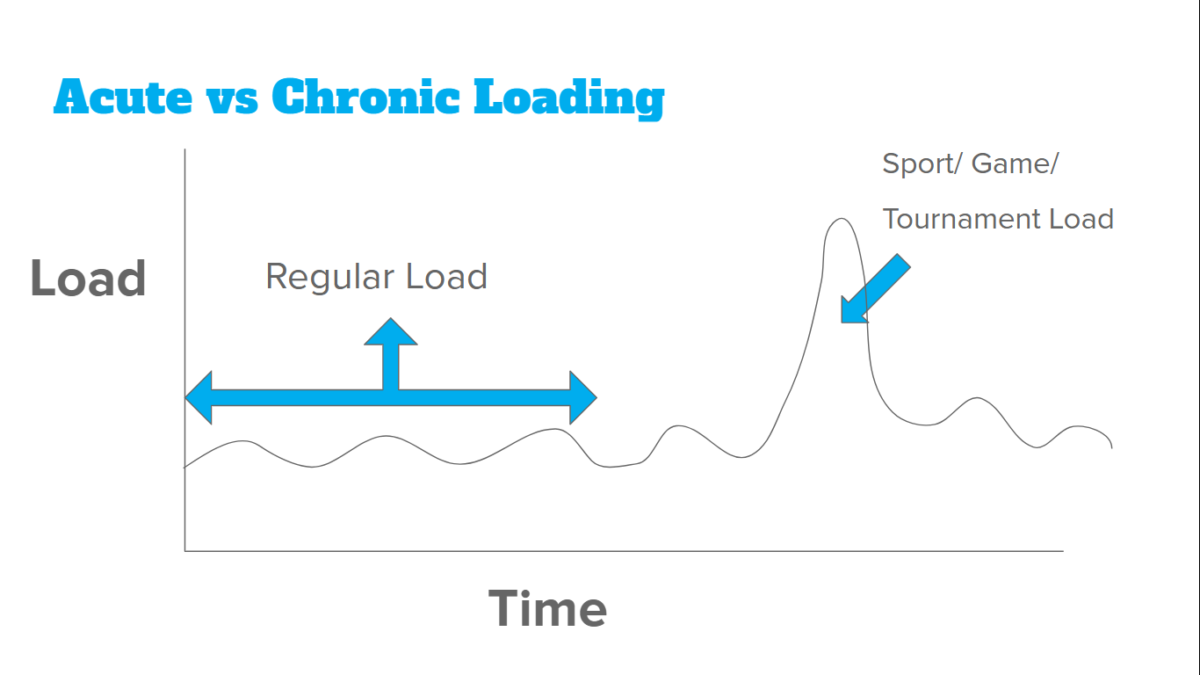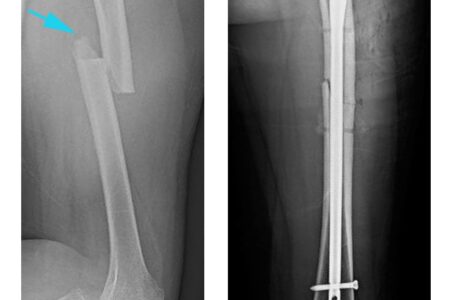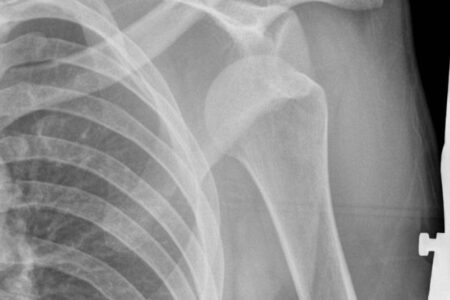
Winter Running: Tips and Preventing Injuries
6 December 2023
Pain Management During a Tournament
14 March 2024Dedicated to all the wonderful teammates, coaches, and rivals.
Written by: Arjun Patel, PT, MPT, MCPA, Clinic Director: Blue Space Clinic Physiotherapy
Please note that post/document is for information purposes only. If you have any questions or need medical advice please see a healthcare professional.
Injuries Happen! Here’s how to prevent them. We will talk about the following in this article:
Pre Existing Injuries Management:
Proper management of pre-existing injuries is crucial to prevent setbacks and maintain performance. Athletes should diligently follow their physical therapy plans and training routine, incorporating targeted strengthening exercises to address weaknesses.
Coaches can facilitate this process by modifying the training regimen to accommodate recovery needs. Utilizing supportive measures such as bracing, medications, and load management can reduce the risk of re-injury and allow athletes to compete safely and confidently.
Understanding Load Management:
Visualize the buildup to a major tournament; each training session and game adds to your overall workload. Balancing acute and chronic load is pivotal. Acute load is the stress during a single session or match, while chronic load is cumulative stress over time.
If there is a large difference in your acute vs chronic load, you are prone to injuries!
For instance, if training intensity has been high leading up to the tournament, consider tapering volume to optimize performance and reduce overuse injury risks like tendonitis or stress fractures.
On the day of the tournament, don’t over do it with warmups and stretching.

The Coach’s Role:
Coaches play a pivotal role in injury prevention by overseeing training intensity and ensuring appropriate load management. Leading up to a tournament, collaborating closely with coaches allows athletes to adjust training volume and intensity according to individual needs and readiness.
During a tournament, coaches should monitor player fatigue and make minute management and load management decisions during matches to prevent overexertion and reduce injury risk.
On the Day of the Tournament:
Prioritize warm-up routines to prepare your body for the demands of competition. Incorporate dynamic stretches (as opposed to just holding a stretch!) and mobility exercises. Stay hydrated and fuel your body with nutritious snacks (This means fruits and well balanced meals not chugging soda and granola bars).
During matches, listen to your body and communicate any discomfort or concerns with your coach. Utilize rest periods to rehydrate, refuel, and mentally regroup. Remember to execute proper technique and maintain focus amidst the intensity of competition.
Adapting Player Roles:
Coaches can mitigate injury risks by strategically adapting player roles on the field. Rotating players in and out of positions based on workload and injury history can distribute physical stress more evenly across the team.
This approach helps prevent overuse injuries and keeps players fresh throughout the tournament. Coaches should communicate openly with athletes about role changes, emphasizing the importance of injury prevention and overall team success.






